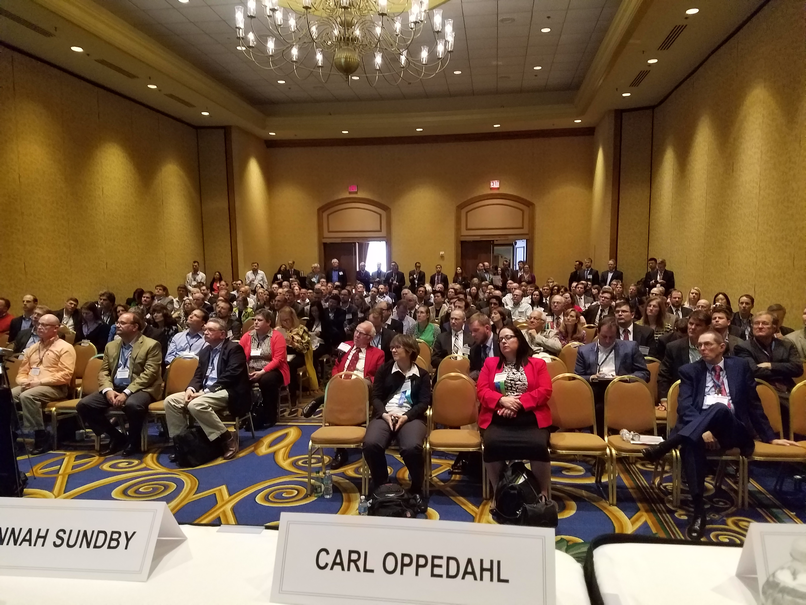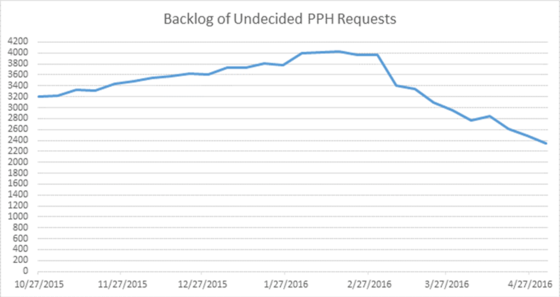June 3 was the last date on which a would-be commenter could comment upon the TTAB’s proposed rules published April 4, 2016. I am pleased to be able to report that the E-Trademarks Listserv (ETL) was among the commenters. Other commenters included “the big four”, that is, IPO, ABA-IPL, INTA, and AIPLA. You can see all sixteen comments here. The ETL comments focused on three issues:
- whether it is a good idea for the TTAB to once again resume responsibility for carrying out service of process (a responsibility that had been shifted to the plaintiff in 2007);
- TTAB’s proposed requirement that the plaintiff figure out what email address the TTAB should use when carrying out service of process via email; and
- TTAB’s proposed limiting the number of Requests to Admit to 75.
I’ll summarize the positions taken by the various commenters on these three issues. Continue reading “Comments are in on proposed TTAB rules”




